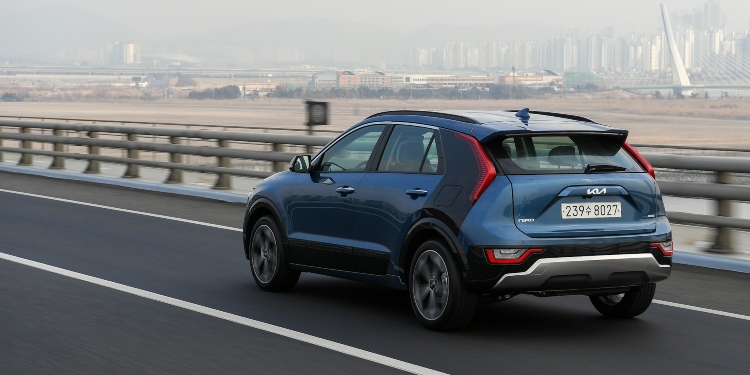When it comes to vehicle safety, many drivers focus on brakes, seatbelts, and airbags – but often overlook one of the most critical safety components: their tyres. Your tyre choice directly influences your car’s handling, braking distance, and stability, especially as seasons change. Understanding how tyre selection affects performance year-round is key to staying safe on the road.
Seasonal Changes, Shifting Demands
Each season presents unique driving challenges. The summer months bring dry, hot roads that require tyres capable of maintaining grip and resisting heat buildup. In contrast, winter roads—often wet, icy, or snowy—demand tyres with deeper tread patterns and rubber compounds designed to stay flexible in low temperatures.
Using the wrong tyres for the conditions can lead to longer stopping distances, poor grip, and a higher risk of hydroplaning or skidding. For instance, summer tyres harden in cold temperatures, losing traction, while winter tyres can become too soft and wear quickly in summer heat.
Understanding Your Tyre Options
Drivers typically have three main tyre choices: summer, winter, and all-season tyres.
Summer tyres perform best in warm, dry conditions. They offer excellent grip and handling but are not designed for cold or icy roads.
Winter tyres are specially engineered for cold weather, with deeper treads and softer rubber that remains flexible in freezing temperatures.
All season tyres are designed to strike a balance. These tyres combine characteristics from both summer and winter options, offering good performance across a range of temperatures and conditions.
If you live in a region with mild winters or prefer not to change tyres twice a year, all season tyres may be the best compromise. They provide dependable performance in light snow, rain, and warm weather, making them a convenient and cost-effective option for year-round use.
Safety and Performance: What’s at Stake?
Choosing the wrong tyres can significantly impair your vehicle’s safety. For example, braking distances on icy roads with summer tyres can be double compared to winter tyres. Conversely, winter tyres used in hot weather can overheat, compromising stability and leading to faster wear.
All season tyres, while not specialized, reduce this risk by performing reasonably well in a broad range of conditions. They’re particularly useful for urban drivers who encounter occasional snow or ice but don’t face extreme winter conditions.
Regular Maintenance Still Matters
No matter what type of tyre you choose, routine maintenance is essential. Check your tyre pressure monthly, inspect tread depth (the legal minimum in the UK is 1.6mm), and look for any signs of uneven wear. Rotate your tyres regularly to ensure even wear and extend their lifespan.
Making the Right Choice
Your driving habits, location, and budget should all factor into your tyre decision. If you regularly drive in areas with heavy snowfall or freezing temperatures, switching between summer and winter tyres may be best. For those in milder climates or who value simplicity, all season tyres offer a reliable middle ground.
Ultimately, your tyres are the only point of contact between your vehicle and the road. Choosing the right ones isn’t just a matter of performance—it’s a matter of safety. Make informed decisions, stay aware of seasonal needs, and you’ll be better equipped for whatever the road throws your way.
David Prior
David Prior is the editor of Today News, responsible for the overall editorial strategy. He is an NCTJ-qualified journalist with over 20 years’ experience, and is also editor of the award-winning hyperlocal news title Altrincham Today. His LinkedIn profile is here.













































































